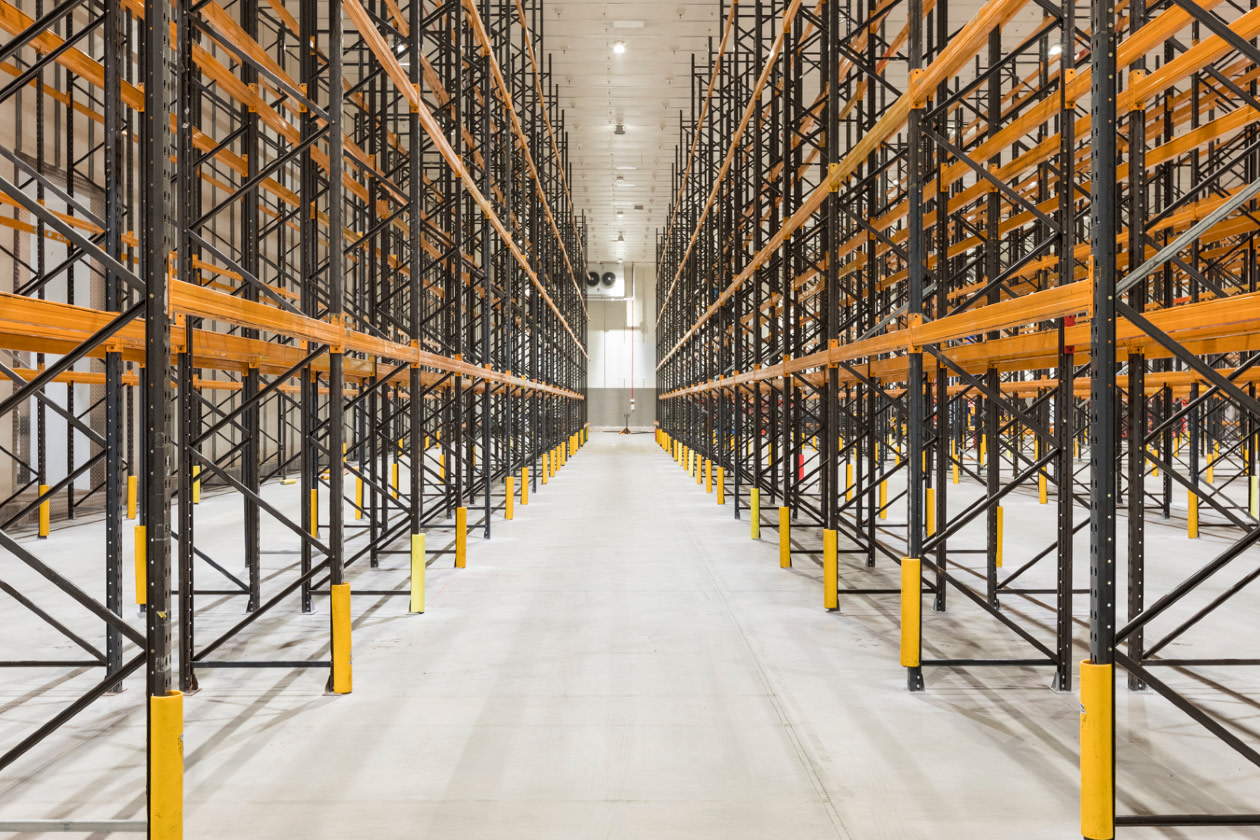Tritax Big Box reported a 16.4% rise in net rental income over the first half to £127.2mn. That was driven by rent reviews, development completions and the contribution from the UKCM acquisition. Underlying operating profit rose 29.6% to £123.8mn.
The portfolio value rose 27.2% to £6.4bn, largely due to the UKCM acquisition. Excluding the new assets, the value rose 0.7%.
The loan-to-value at the end of the period was 29.9%, down from 31.6% at the start of the year. The board has proposed a dividend of 3.65p, up 4.3%.
Tritax is expecting a stronger second half and is actively exploring new markets, such as power and data centres.
The shares were up 1.0% in early trading.
Our view
At its core, Tritax Big Box generates income through renting out large warehouses, or 'Big Boxes', which are central to modern logistics and e-commerce. But the strategy is slowly shifting toward smaller, urban, logistics centres that offer better yields.
The acquisition of UK Commercial Property REIT (UKCM) offers some complementary assets, at both the large and small end of the size scale. It’s good to hear there’s progress on UKCM assets that don’t quite fit with the long-term strategy. Asset sales are expected over the second half with the capital reinvested into development projects.
First-half trading offered no major surprises. Despite an uncertain market backdrop, rents got a helpful boost from new developments coming online and rent reviews. These were snapped up by Tritax’s customers as building a strong logistics network is non-negotiable in this day and age.
Once Tritax rents out a site, it's a long-term source of income. Tenants build up distribution networks around the site, making changing location costly, risky and time-consuming. Some have even sought to extend leases many years before their scheduled expiration, so determined are they to retain the use of the facility.
Highly desirable assets mean attractive deal terms, such as upwards-only rent reviews, which are helping boost income. A wide range of high-quality tenants should hopefully add some more security to the dividend, while further expansion could lead to increasing payouts. Real estate investment trusts (REIT), like Tritax, must pay out the majority of rental profits to investors.
Development is a key focus capturing the increased demand for e-commerce and the distribution needs that follow. A shortage of ready-to-occupy premises means customers have been snapping up units before they've been completed. But it's expensive to get a logistics hub up and running, and if it doesn't get filled, it could become a financial headache.
Paying out rental income makes expansion complicated, too. Tritax is having to recycle its portfolio - selling lower-yielding mature assets in order to invest in higher-yielding development opportunities. Against an improving market backdrop, activity here is picking up which helps give options. Tritax is contemplating investment in the energy and datacentre markets, which we think look attractive – something to watch.
With rate interest cuts now underway in the UK, the improving climate has helped investor sentiment to recover. However, the group still trades at a discount to its longer-term average. We continue to believe this could present an attractive entry point for those willing to ride short-term uncertainty. As with any investment, there are no guarantees.
Tritax Big Box key facts
All ratios are sourced from Refinitiv, based on previous day’s closing values. Please remember yields are variable and not a reliable indicator of future income. Keep in mind key figures shouldn’t be looked at on their own – it’s important to understand the big picture.


